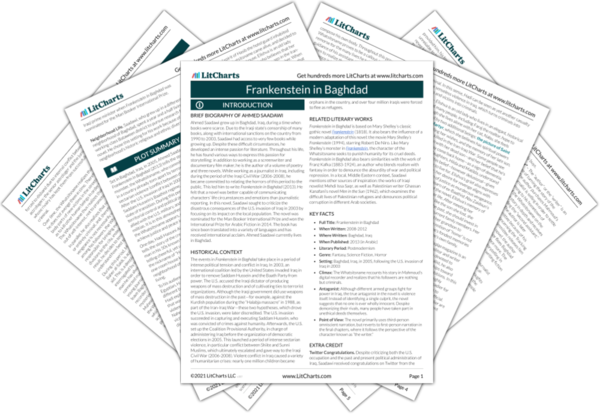Brigadier Majid’s ability to keep on working, albeit outside of Baghdad, highlights his capacity to make the best of difficult circumstances: in the same way he avoided being punished for taking part in Saddam Hussein’s Baathist regime, he now avoids being fully ostracized by the government. The writer’s admiration of Saidi suggests that intelligence does not necessarily correlate to moral worth. Indeed, Saidi’s behavior suggests that, instead of using his intelligence for the common good, he has focused primarily on securing his own interests.
